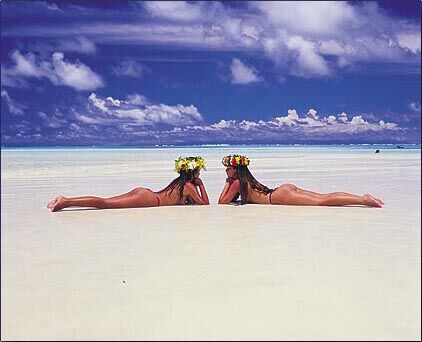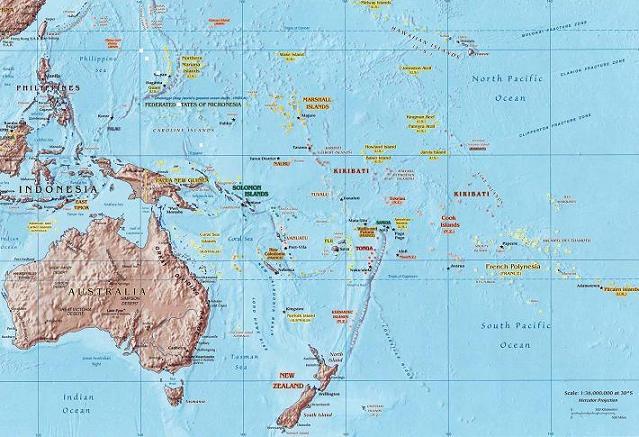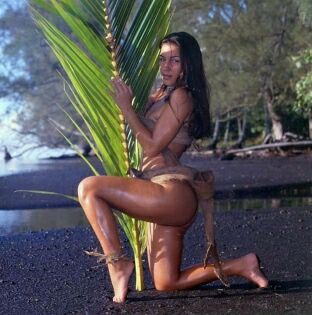
Polynesia
 Polynesia is a large grouping of over 1,000 islands in the central and southern Pacific Ocean. Geographically, Polynesia is a triangle with its three corners at Hawai’i, New Zealand, and Easter Island. Samoa, Tonga, Marquesas, and French Polynesia are the other main island groups located within the Polynesian triangle.
Polynesia is a large grouping of over 1,000 islands in the central and southern Pacific Ocean. Geographically, Polynesia is a triangle with its three corners at Hawai’i, New Zealand, and Easter Island. Samoa, Tonga, Marquesas, and French Polynesia are the other main island groups located within the Polynesian triangle.
Polynesian languages are spoken by the Polynesian indigenous people. Culturally, Polynesia divides into two distinct groups, East Polynesia and West Polynesia. The culture of West Polynesia is conditioned to high populations. It has strong institutions of marriage, and well-developed judicial, monetary, and trading traditions. It comprises the groups of Tonga, Samoa, and the Polynesian outliers. Because of a strong readiness to accept new ideas, and due to relatively large numbers of Christian missionaries in the islands, Polynesians readily adopted Christianity.
From the Cook Islands eastward, the cultures are highly adapted to smaller islands and atolls. Anthropologists term their system of kinship the Hawaiian system. Religion, farming, fishing, weather prediction, catamaran construction, and navigation were highly-developed skills, because the population of an entire island could hang on them. Trading consisted of both luxuries and mundane items. Many low-lying islands could suffer severe famine if their gardens were poisoned by the salt from the storm-surge of a hurricane. In these cases fishing, the primary source of protein, would not ease loss of food energy. Navigators, in particular, were revered and each island maintained a house of navigation, with a boat-building area.
At a time when European sailors were navigating by keeping a watch for the shore-line in daylight, Polynesians (and their relatives, the Micronesians) were navigating much of the Pacific Ocean, excluding, of course, the Arctic and Antarctic areas. They employed a whole range of navigational techniques, including use of the stars, the movement of ocean currents and wave patterns, the air and sea interference patterns caused by islands and atolls, the flight of birds, the winds, and weather.
 Island groups
Island groups



